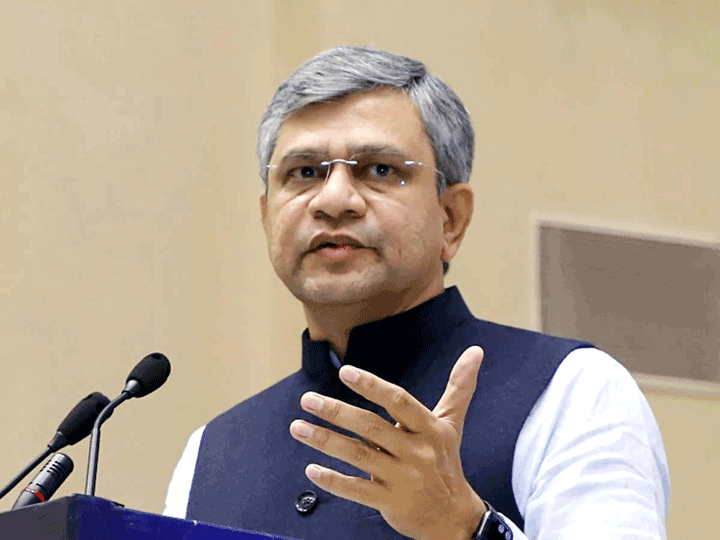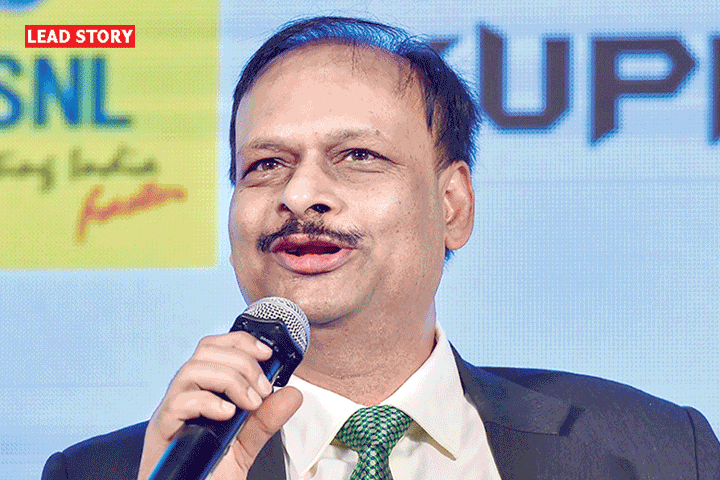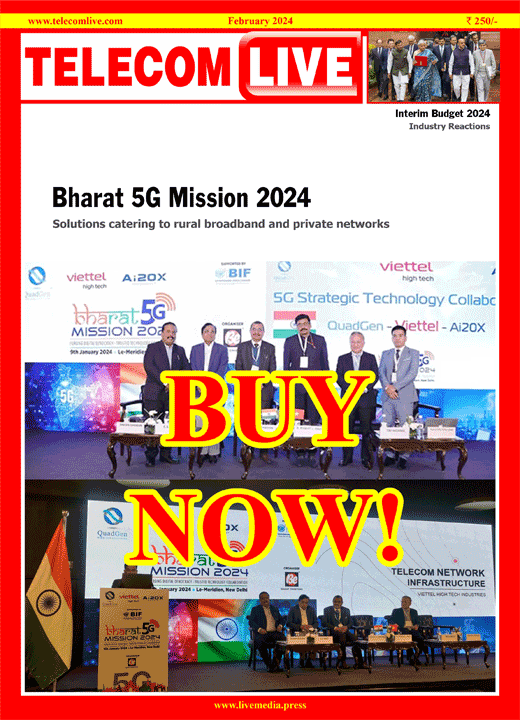Netflix restricted to premium subscribers, Hotstar leads Indian OTT content market
Netflix has grown significantly in the Indian OTT video streaming market; however, it is far behind other OTT players. At present, it is the fifth largest player in India, behind players such as Hotstar, Voot, Amazon, etc. As per estimates, the market is currently valued at US$280 million with nearly 100 million subscribers, and it is poised to grow at 35% YoY. As the industry moves forward, global OTT players will face many challenges in capturing significant mindshare among Indian consumers.
Playing Their Own Strengths
So far, Netflix has focused on pushing its global content such as House of Cards, Orange is the New Black, Master of None, Stranger Things, Narcos, Daredevil, etc., to Indian subscribers. While it has made significant progress in adding regional content, it still has a lot of ground to make up on competitors. Players such as Hotstar and Voot have higher access to Star India and Viacom 18 media libraries. It therefore makes more sense for them to leverage their strength to penetrate the Indian market.
Other Indian channels and media houses are also pushing their content through their own channels and apps. In such a scenario, global players should focus on their core strengths (global content and appeal), or innovate and collaborate with new-age boutique production houses, or ultimately flex their financial muscle to create intriguing content for Indian consumers.
Subscription-based versus Advertisement-based
While Netflix has stuck to its global strategy of a subscription-based revenue model, it competes with the likes of Hotstar in India with its hybrid revenue or ‘freemium’ model. Hotstar India earns through subscription as well as advertisements, with majority of its revenue coming from advertisements. It monetizes its new and exclusive content such as, Game of Thrones and new Bollywood/Hollywood movies, by categorizing them as ‘premium’ with access only for paying members.
Free to Premium
The majority of Indian audiences are still stuck to the free or ad-supported model as of now. Several options including web-series, stand-up comedies, etc. are already available on YouTube free of cost. The last two years saw the rising trend of web-series in India, with new-age media houses such as The Viral Fever and Y-Films releasing popular web-series such as The Pitchers, Permanent Roommates, Tripling, Man’s World, Bang Baja Baraat, etc. These media houses identified voids in the mainstream TV broadcasts and catered to the young video content consumers, who became torrent mongers over a short period. In this case, it becomes more challenging for OTT firms to create content which is interesting enough that Indian consumers are willing to pay for it. In the case of Hotstar, only 2-3% of the total subscriber base actually pays for the services, with the rest sticking with the freely available content. This is comparatively better in Netflix’s case with around 6% of subscribers paying for the service and the rest taking advantage of ‘free first month’ trials through multiple credit and debit cards. A higher percentage of subscribers paying for the service also reflects that Netflix is more targeted towards the premium category consumers.
Content Comparison
Hotstar offers a variety of local as well as global content at a much lower price. Its Rs. 199 (~$3) per month subscription plan gives access to TV Shows, Movies, Sports and News. While these categories appear in Netflix too, Hotstar offers content with mass appeal as well as content targeting niche audiences. In case of content with mass appeal, it streams live cricket matches and offers full coverage of IPL (Indian Premier league), and new Bollywood movies. Niche content includes Indian soap operas (shows telecast by parent firm – Star TV) that appeal to young and middle-aged working women as well as housewives, while stand-up comedy groups such as AIB offer appeals to young college students. Hotstar was also quick to grab the broadcasting rights for ‘Game of Thrones’ earlier this year, when the globally acclaimed TV show made headlines among the young audience of India. Meanwhile, Voot is also gaining traction recently through popular TV shows such as Big Boss, MTV Unplugged, Roadies, Splitsvilla, etc.
Smartphone enabling ‘on-the-go’ content consumption
The market is expected to see tremendous growth with increasing smartphone penetration across India. Video consumption is not restricted to living rooms anymore, with easier access to video content while traveling or teenagers watching their favorite web-series in their rooms. With availability of high speed 4G networks coupled with 130 million+ (and growing) smartphones being sold in India, we can expect consumption of video content to grow significantly in coming years and come to look similar to video content consumption on mobile in many other parts of the world where smartphones have become primary content consumption devices.











